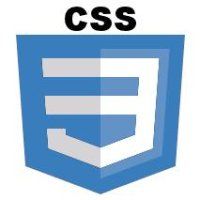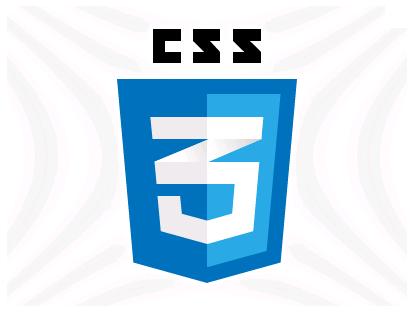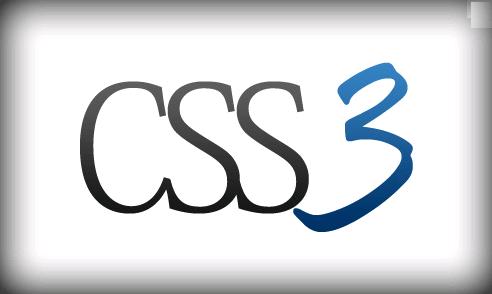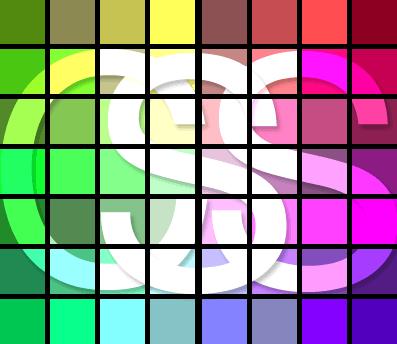The CSS3 (cascading style sheets) was designed as the proverbial topping on the HTML cake. The CSS worked as a sidekick to the powerful HTML. So are the new CSS3 enhancements anything to rave about? Or is it just a storm in the software teacup? Having a styling product is useful certainly but is the creation of text shadows and background color blending really earth-shaking improvements to web page design? Certainly, you have to admit that the new CSS3 enhancements have reduced reliance levels on complex JavaScript coding.
This means that even a common user who does not qualify as a software expert can style his web page without getting entangled with codes.
New features: Cosmetic makeover or intensive surgery?
Web design technology needs evolution at a more basic level. The amendments should bring about improved functionality and better user interface. The CSS3 does provide this kind of fundamental difference but this is not to do with its superficial makeover tools like rotations and color juggling. The most important change which the CSS3 has managed to implement is its ability to use responsive web design to re-size web pages to different browser sizes.
In simple language, this implies that users who access the internet can now look at web pages comfortably on their smaller iphone and ipad screens without losing images or quality. This is a big step forward as more and more users are using these mobile devices to access the net. The mobile phone-internet nexus has been strengthened considerably by this ability to redesign images and made things easier for users. Now this is a real shift towards improved functionality.
Outward beauty is only skin deep
No tool can be identified as powerful if it does not improve the flexibility of the original product. No amount of fine tuning by making the page look ‘pretty’ can replace a core change like adaptability. After all, how long is a user going to dwell on good-looking fonts and rounded corners? He will probably not even notice it and even if he does, he is not going to like it if the tapered fonts hinder the readability of the site. This often works like calligraphy- overly styled text content cannot be read easily. It only makes sense if that styling improves legibility and calls the user’s attention to important points.
To sum it all up the CSS3 has the following attributes:
• Utility should always be more effective than mere appearance. Then the product defines itself as truly functional and powerful. The resizing feature of the CSS3 catapults it to the ‘useful’ category.
• The CSS3 has extended internet access to mobile phone users which has dramatically improved user interface.
• Web site development has become speedier due to the reduced dependence on coding.
So the upshot is that the superficial features of the CSS3 are not its USP but its more basic enhancements have proved it to be praiseworthy.
No related posts.
Related posts brought to you by Yet Another Related Posts Plugin.













Leave Your Response